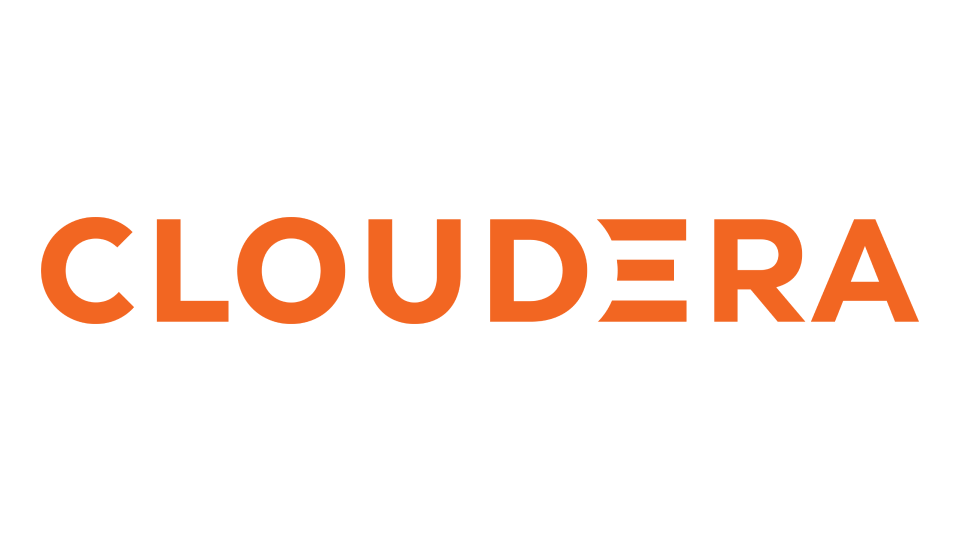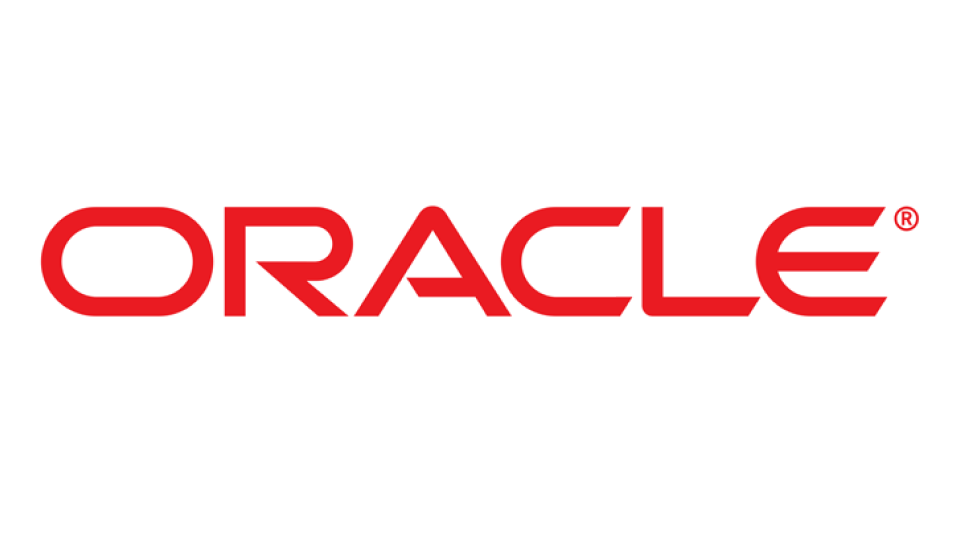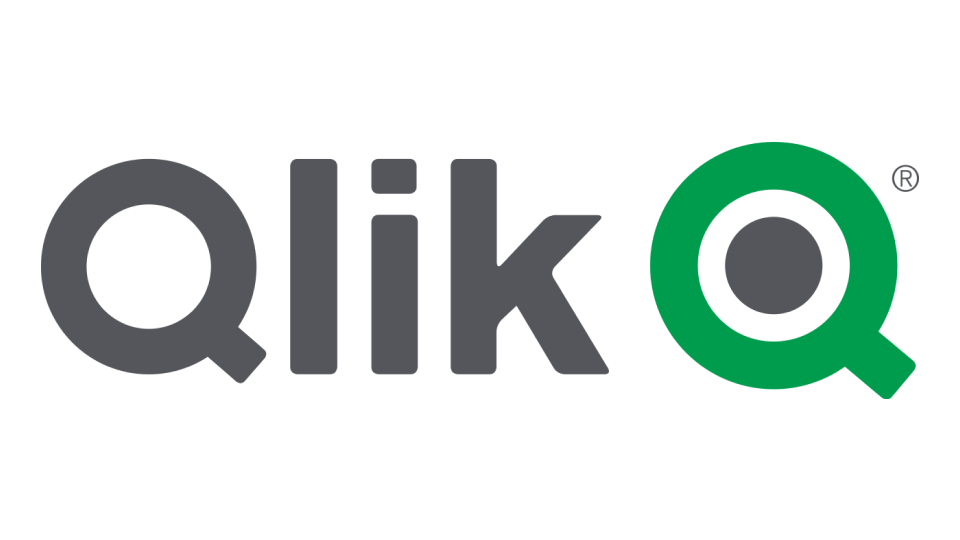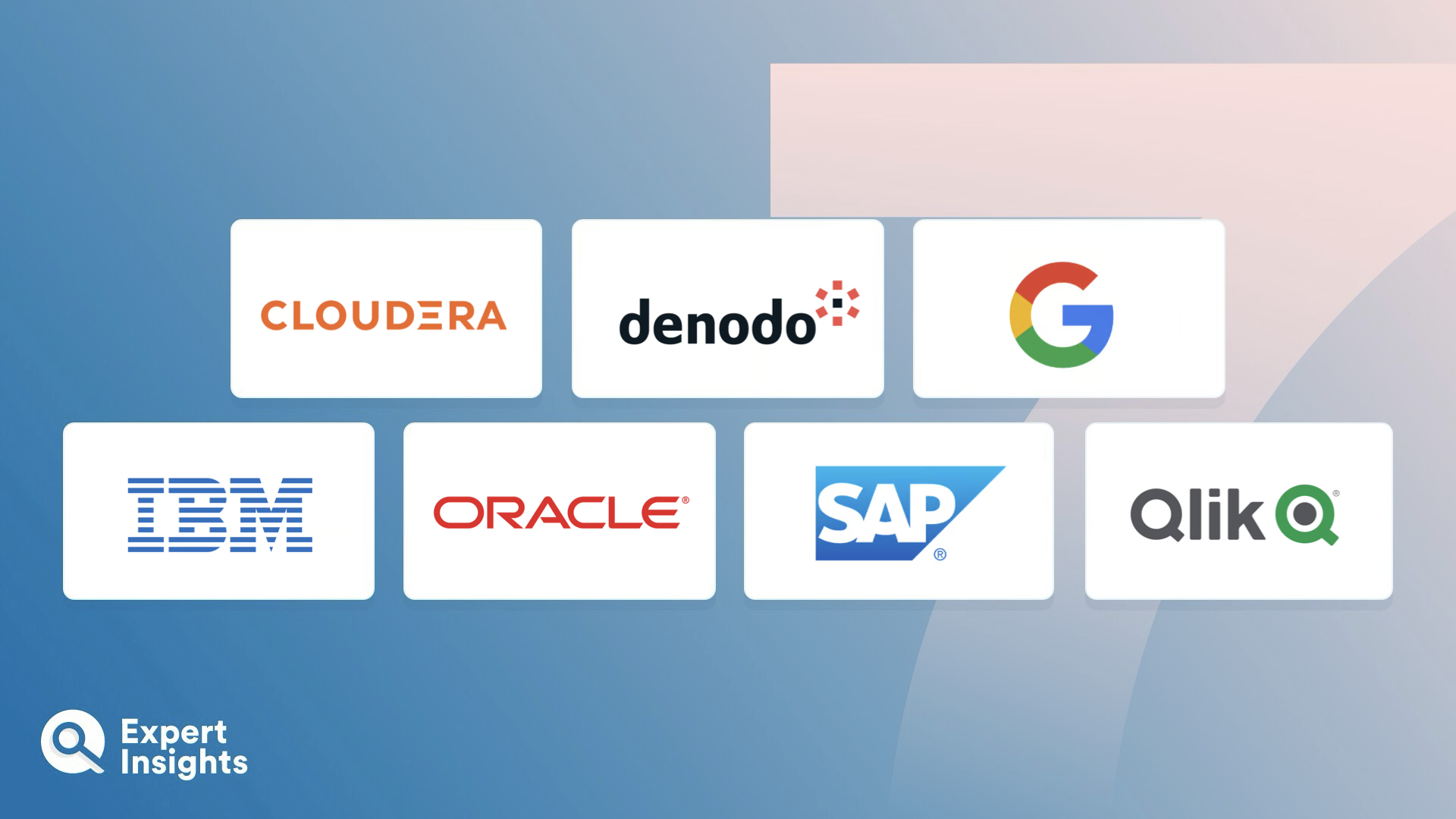Data fabric is an architecture and set of data services that provide consistent capabilities across a range of endpoints spanning on-premises and multiple cloud environments. It enables businesses to gain actionable insights from large volumes of data distributed across many locations, thereby improving efficiency, reducing risks, and creating new revenue streams. Data fabric uses analytics and artificial intelligence, supporting high levels of automation and access to disparate data across all platforms – without disrupting business operations.
The data fabric market is intensely competitive, with many providers offering innovative solutions targeted at different business needs. These solutions, which are often feature-rich and integrated with open-source technologies, offer capabilities like data management, data integration, real-time analytics, and data security.
This guide will list the top data fabric solutions, examining their capabilities and the feature sets they offer. We will highlight the best solutions based on technical specifications, customer reviews, and our own analysis, in order to give a comprehensive review.













